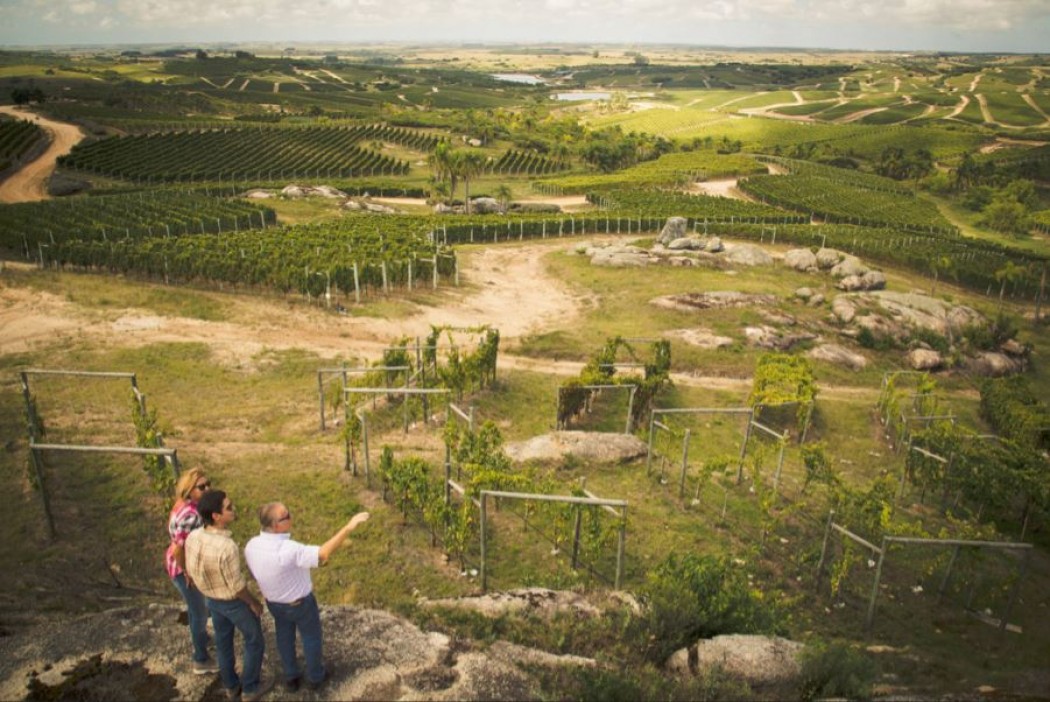The oil magnate sits down for an interview about his burgeoning wine empire, and opens up about his dream to launch Patagonia’s first ice wine.
Elin McCoy
January 25, 2016 — 4:24 PM UYST
Share on FacebookShare on Twitter
Don’t Miss Out — Follow Bloomberg On
Facebook Twitter Instagram YouTube
Recommended
Eulogio Antonio del Pino Diaz, vice-president of exploration and production at Petroleos de Venezuela SA (PDVSA), speaks during a session at the 21st World Petroleum Congress in Moscow, Russia, on Tuesday, June 17, 2014. BP Plc are expected to sign a $20 Billion LNG supply deal with Chinas Cnooc today. Photographer: Andrey Rudakov/Bloomberg via Getty Images
Venezuela Tries to Convince Oil Nations to Cut Production
Russia’s Great Shift Downward
Participants listen to Iranian Oil Minister Bijan Namdar Zanganeh speech during the «Tehran Summit» in the Iranian capital on November 28, 2015. The aim of the summit is to strengthen Iran’s international ties in regional and global domains and to attract economic cooperation in competitive global markets through using large share of Iran in petroleum and gas global reserves. AFP PHOTO / ATTA KENARE / AFP / ATTA KENARE (Photo credit should read ATTA KENARE/AFP/Getty Images)
Iran Cancels London Summit for New Oil Deals
Musk vs. Buffett, a Solar War in the Desert Heats Up
Share on Facebook
Share on Twitter
It was twilight when Alejandro Pedro Bulgheroni first saw a 2,200-hectare property for sale in rural Garzón, just north of Uruguayan resort Punta del Este, where he has a beach house. The peaceful green hills reminded him of Tuscany. “The place had magic,” he says. “I had to have it.”
He bought it in 1999. “My wife was upset that almond trees on land her grandfather had given her were dying. So we planted them, plus olive trees for me,” he says. He finally added vines in 2007—his first step in creating a wine empire that now includes 12 vineyards on four continents.
Argentine billionaire Alejandro Bulgheroni.
Argentine billionaire Alejandro Bulgheroni. Source: Bodega Garzón
Bulgheroni is the first South American billionaire to build such a far-flung international wine business. He’s done it in a remarkably short period of time, snapping up most of his estates since 2011 at the rate of two a year.
During an exclusive interview, the first he’s given about his wine holdings, the 72-year-old shared his motivations and business approach in his spare, white-walled offices in Montevideo. Since it was pre-lunch, we sipped espresso.
Slim and soft-spoken, wearing a dark blue, pinstriped, hand-tailored suit and red tie, he surprised me by revealing that he didn’t drink wine when he started acquiring wineries. “I quit for 20 years when I married Bettina,” he says. “She didn’t like the smell of alcohol on my breath. Now,” he adds, laughing, “I have to taste.”
Most billionaires purchase a wine estate as an extension of their passion for imbibing the stuff. Usually they favor a trophy property, like the French Bouygues brothers with Bordeaux’s Château Montrose. Instead, Bulgheroni backed into the business.
A Global Wine Brand
In early March, he’ll celebrate the official opening of his ultramodern Bodega Garzón, his most complete winery vision so far, with its open-fire restaurant and 500 acres of vines planted in 1,000 blocks. The $85 million project features a yet-to-come luxury hotel and a $180,000-entry-fee wine club where members can create their own wines.Bulgheroni shows his Bodega Garzón winery. Source: Bodega Garzón
Planting that vineyard whetted his appetite, he says, ticking off the names in his portfolio: In Argentina, Vistalba, Tomero, and Argento; in Tuscany, Dievole, Podere Brizio, Poggio Landi, and a Bolgheri vineyard; in Bordeaux, Château Suau; and in California’s gold rush country, Renwood Winery, which specializes in zinfandel. Last October he picked up organic estate Greenock Farm in Australia’s Barossa Valley. His eponymous Napa Valley estate (Bulgheroni calls it “the flagship”) opens in May.
He’s also busy developing the world’s southernmost vineyard in Patagonia (no name yet) and hunting “for a tempranillo vineyard” in Spain.
Chile doesn’t interest him, nor does China, which, he says, choosing his words carefully, “seems difficult.”
None of these qualify as the kind of high-status estates most billionaires invest in. Almost all were startups or required significant renovation. “Chianti Classico estate Dievole,” Bulgheroni explains, “was very run-down, and we had to change—and improve—the style of the wine.”
The wine business can be financially risky, but that doesn’t worry the courtly native Argentine, who’s used to thinking big, and analytically. Trained as an engineer, he made billions with his brother through the family energy business, Bridas Corp.The Bodega Garzón winery. Source: Bodega Garzón
Antonini pronounced the Uruguayan land ideal for tannat and albarino grapes, and advised small experiments. Bulgheroni says, “I asked him, how old do you think I am? I can’t wait. What if we plant 40 hectares a year for four years?”
He enlisted both to help him expand.
“I want to do things that will last beyond me,” he says. “With wine I want to give people a place to work and have better lives.”
That was the thinking behind his new vineyard in Patagonia, where he was involved in an oil project. To provide income for the wives of the oil workers, he started planting raspberries and cherries, then added vines “as a way to extend the local harvest period.”
Tourism, Too
“I love Punta del Este,” he went on. “Most tourists think of this area as a place to go in the summer. It needed more tourism possibilities, so local people could have work for the rest of the year.” That’s partly where his belief that his wineries should be agro-tourism destinations came from.Bodega Garzón is just one part of Agroland S.A. Source: Bodega Garzón
Bodega Garzón is just one part of Agroland S.A., his 10,000-acre Uruguayan agriculture business that includes cattle ranching, award-winning extra virgin olive oil, honey, almonds, and pecans, and the first wind farms in Uruguay.
One of his key passions is sustainability and minimizing the impact his wineries have on the environment. “We have to pollute less,” he says. He’s proud Bodega Garzón has obtained LEED certification, and at established estates like Dievole, he’s eliminating chemical pesticides and fertilizers.
Taste at Scale?
Bulgheroni is also a champion of innovative technology and up-to-date research, from vineyard weather stations to embracing new thinking on cement tanks for fermentation.
“I believe people should drink better wine—and if you can reduce the cost, you can overdeliver on quality,” he says. So far, his wineries do.His first vintage of Dievole, 2013, has wonderful depth and a dark, spicy taste, for $22. Bodega Garzón’s refreshing albarino and smooth-textured tannat cost less than $20. Bright, powerful 2013 Renwood Premier Old Vine Zinfandel is a stunner at $20; 2013 Vistalba Corte C Lujan de Cuyo ($18) is plush and earthy, while 2013 Tomero Torrontes is a steal at $14, as is the Argento Malbec Reserva at $18.
Now that he’s drinking again, he has definite wine preferences.
“I like gentle, not aggressive wines. I like to feel the flavor of the grapes. I like acidity. At the end I prefer reds. I don’t like bubbles, but I love sweet wines, and hope we can make a true ice wine in Patagonia.”
A great sweet wine has yet to be produced in South America. If anyone can pull it off, it’s probably Bulgheroni.
http://www.bloomberg.com/


